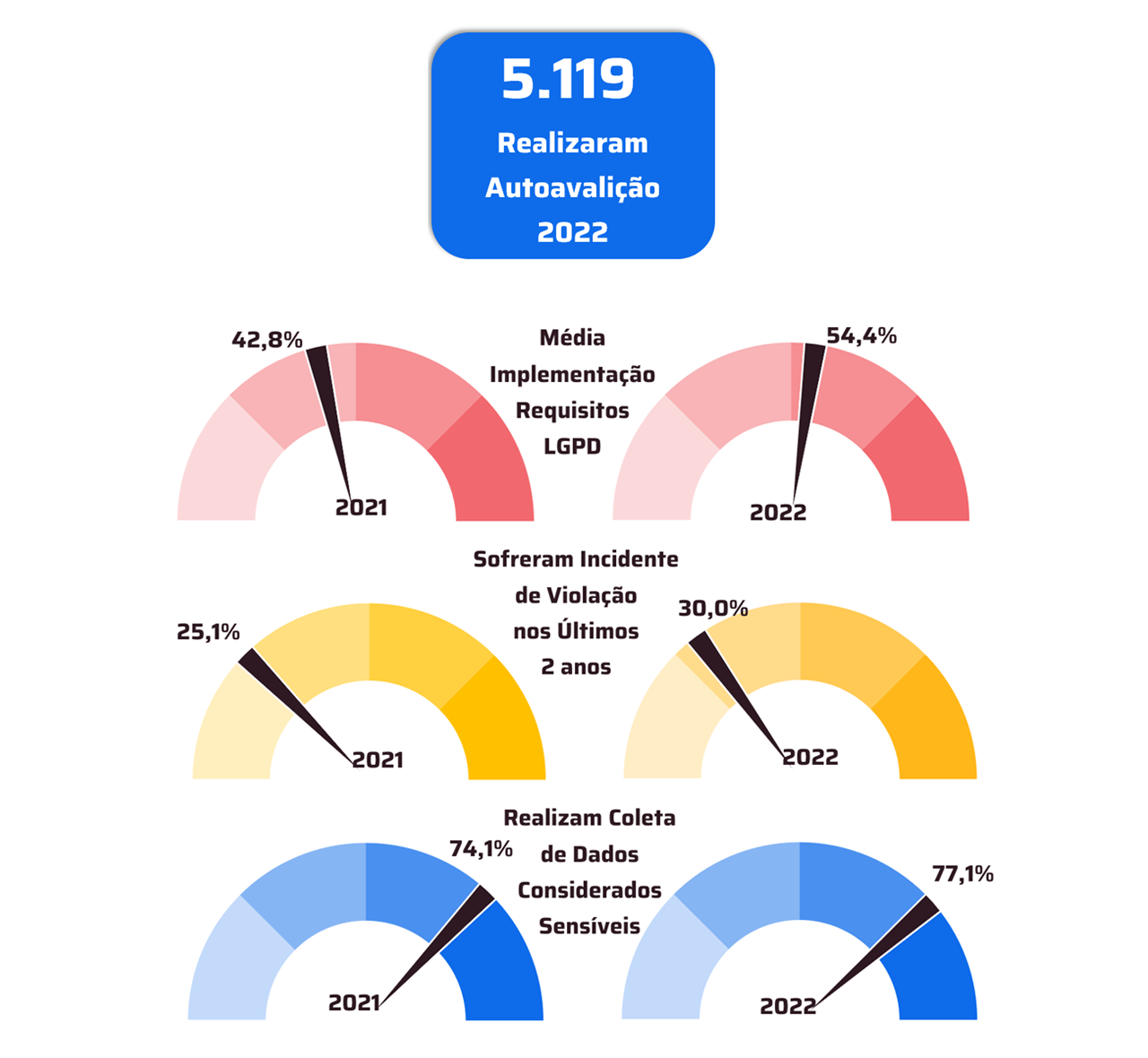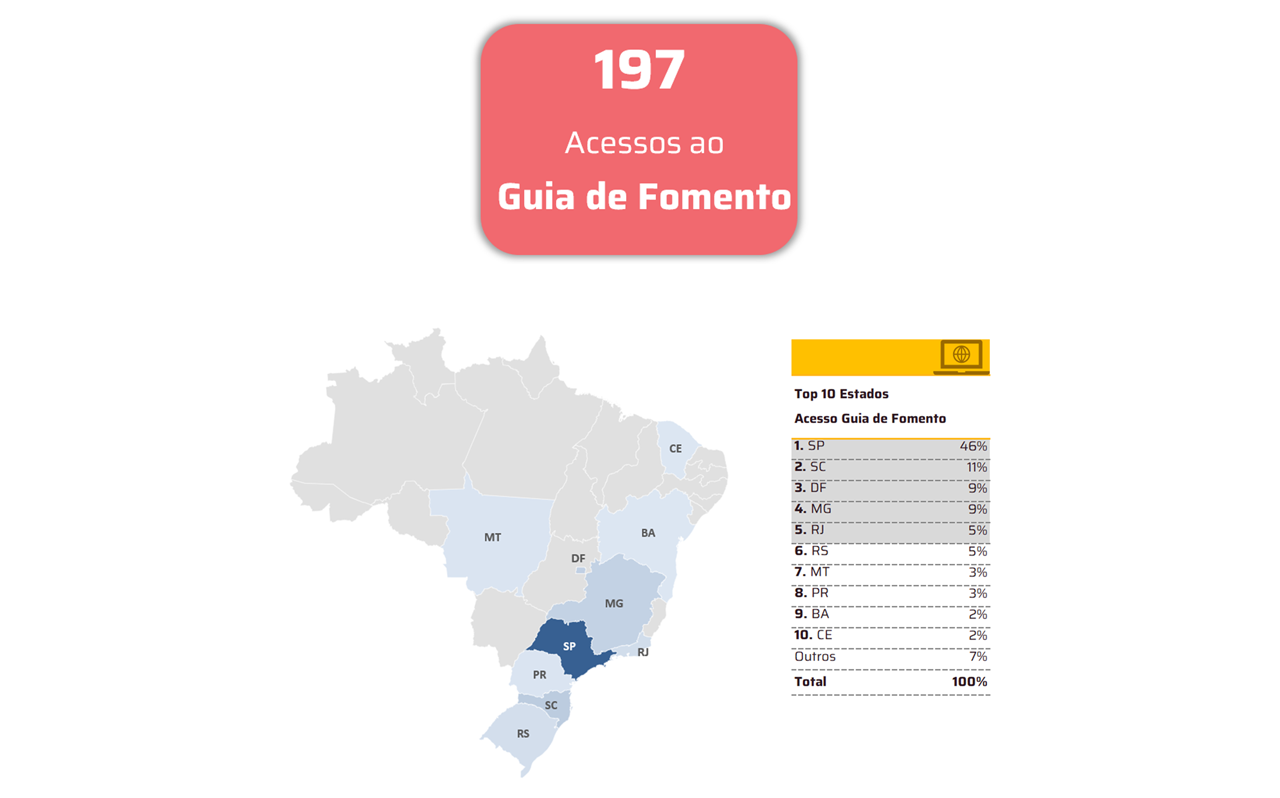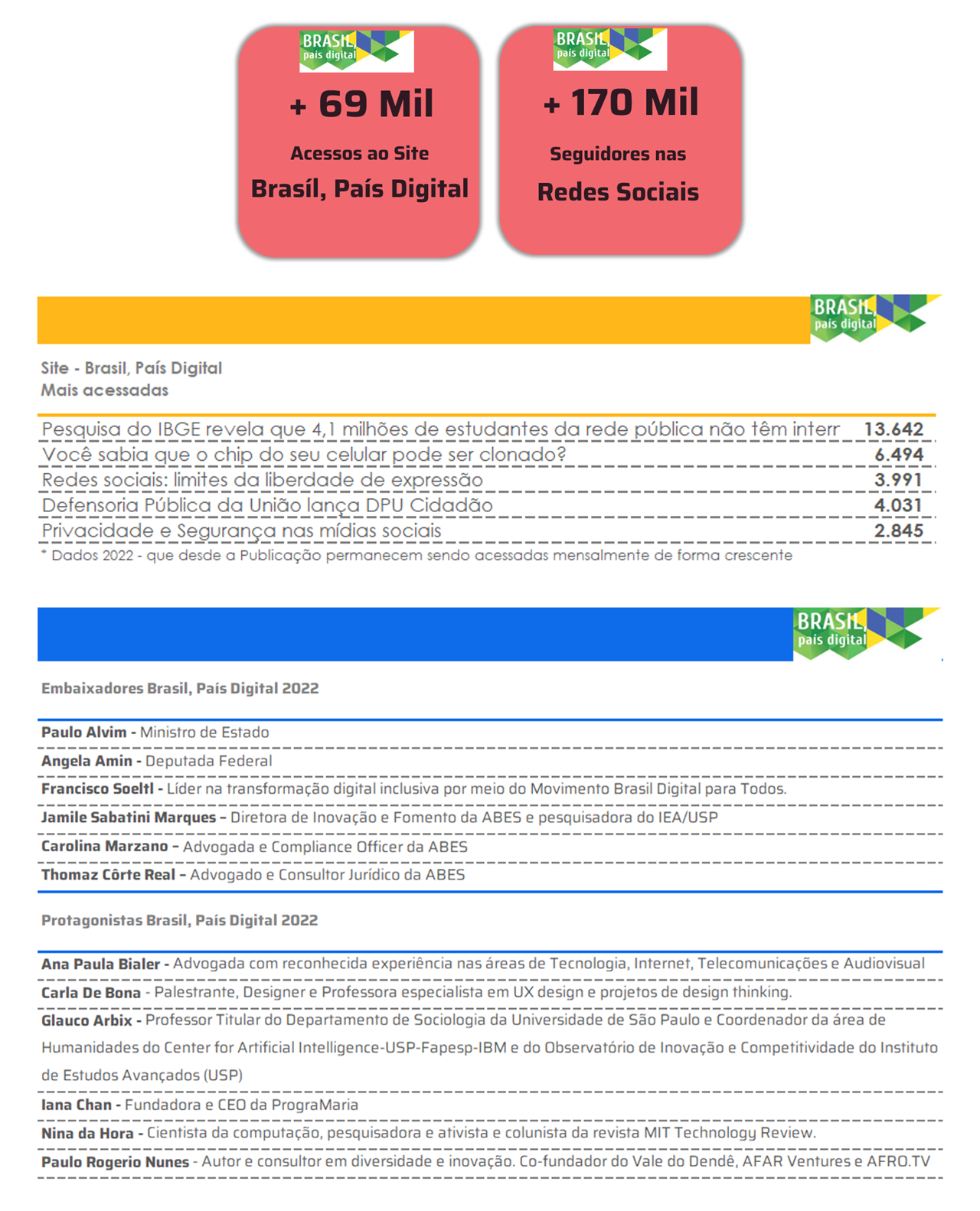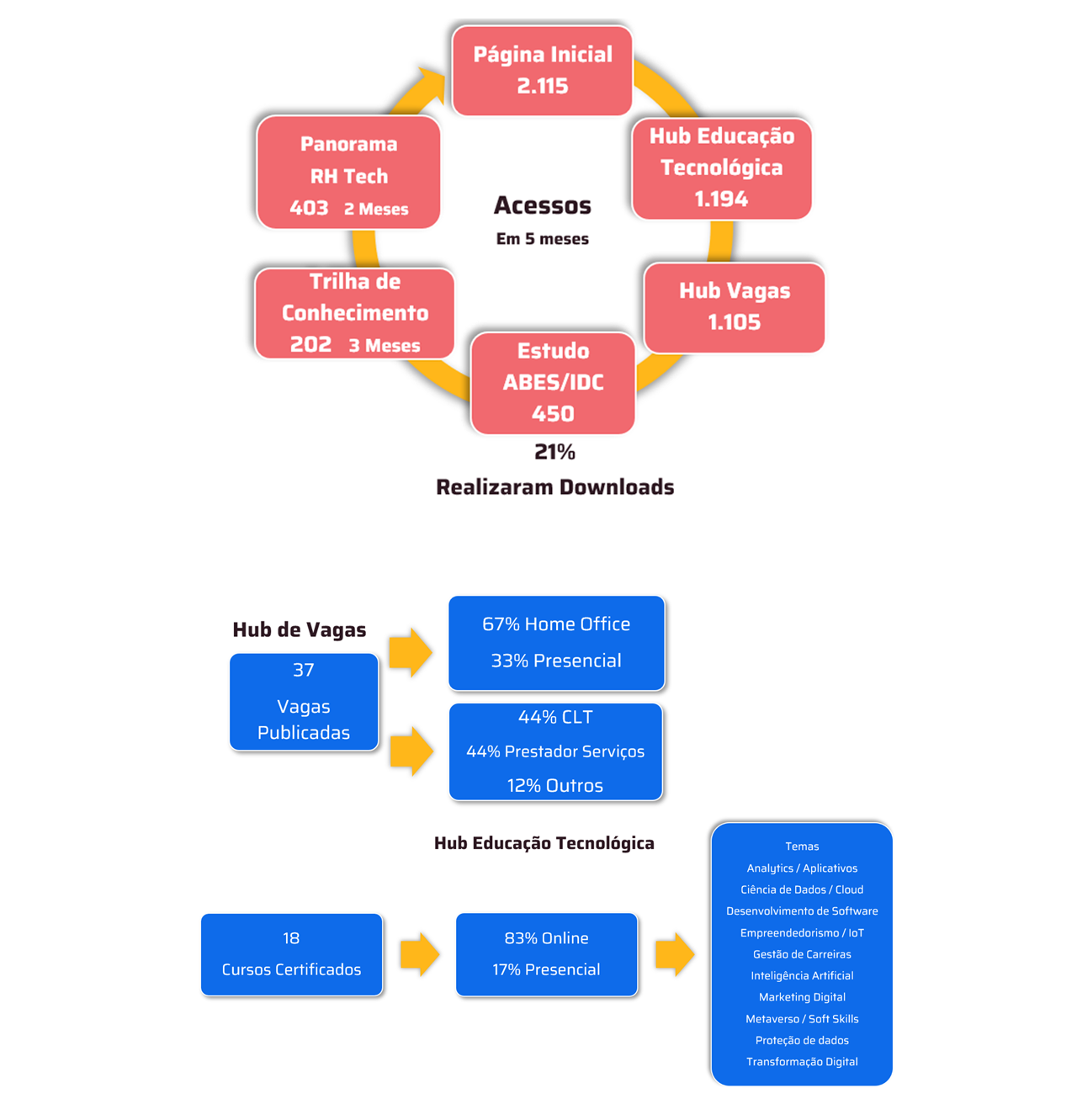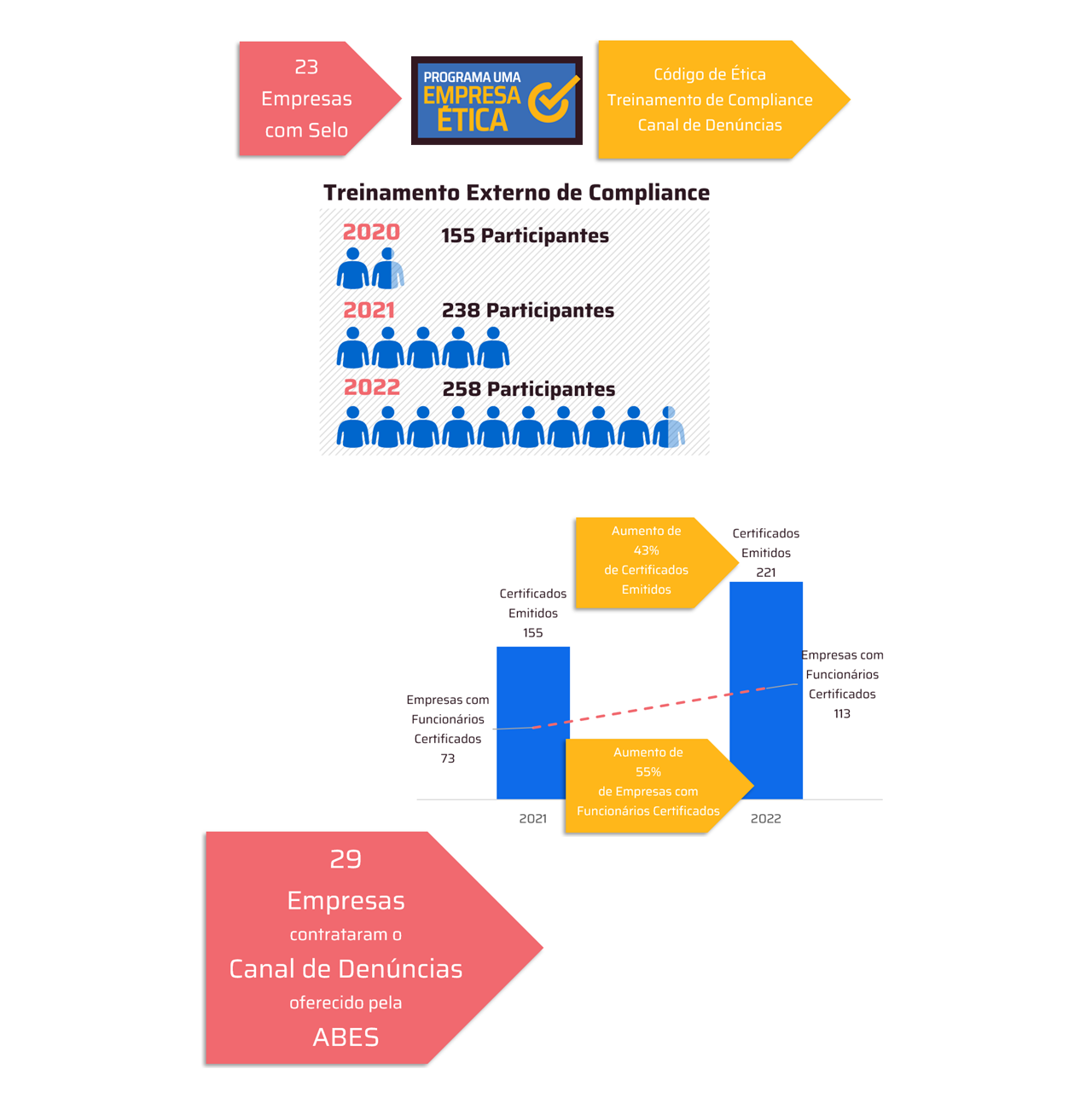 *By Natalia Cabrini
*By Natalia Cabrini
For decades, randomized clinical trials, called RCTs (Randomized Controlled Trials), were treated as the gold standard in Evidence-Based Medicine (EBM)With a rigorous methodological design, random allocation, and variable control, the model allows for more reliable identification of the effectiveness of a treatment under ideal conditions. However, as medicine increasingly approaches patients' daily lives, the realization grows that results obtained in laboratories and research centers do not always reflect clinical outcomes in real-world settings.
It is at this point that the notion of Real World Evidence (RWE), or real-world evidence, as a complementary and necessary tool. RWE relies on data obtained outside the controlled environment of clinical trials, whether from electronic medical records, hospital records, observational studies, administrative databases, or pharmacovigilance information.
In this context, instead of simply answering the question “does the treatment work?”, it poses other relevant questions, such as “for whom does it work, in what context, and under what conditions?”
This distinction is crucial, given that RCTs offer responses with high internal validity but have limitations in terms of representativeness. Many real-life patients, with multiple comorbidities, non-standard clinical conditions, or socioeconomic challenges, do not meet the strict criteria of clinical trials. On the other hand, RWE sheds light on the effectiveness of treatments, considering factors such as therapeutic adherence, local clinical practices, drug interactions, and variations in response across diverse populations.
In clinical practice, this division does not translate into conflict, but rather into strategic complementarity, as the integration of RCT and RWE represents a more holistic and informed approach to decision-making. A healthcare professional who understands the robustness of RCTs but also values data from the real-world context of care is better prepared to assess risks, adjust approaches, and consider the uniqueness of each patient.
The potential and limits of Artificial Intelligence in healthcare
This discussion becomes even more relevant given the rise of Artificial Intelligence (AI) in healthcare. With its ability to process massive volumes of unstructured data, identify patterns, and cross-reference variables at increasing speed, AI presents itself as a powerful tool in supporting clinical decisions. However, its performance depends directly on the quality and reliability of the data feeding its models.
The principle that bad data leads to bad conclusions has never been more applicable. Many AI models still struggle to filter out misinformation, identify biases, and ensure source traceability. This makes it essential that RWE data be critically evaluated and subjected to robust clinical validation processes. This isn't about rejecting real-world data, but rather about integrating it responsibly within a hierarchy of evidence that respects its limits and potential.
In this scenario, clinical experts have the ability to interpret and contextualize data, offering transparency regarding the recommendations derived from AI-based systems. Professionals' trust in the technology directly depends on this careful editorial process, which combines science, human judgment, and methodological integrity.
Therefore, truly effective technological solutions must be developed based on reliable content, expert review, and continuous improvement. To achieve this, it is essential that the companies that provide clinical decision support (CDS) solutions Invest in the responsible application of generative AI, always anchored in clinical knowledge validated by experts. The proposal is not to replace clinical reasoning, but to reduce the administrative burden and increase professionals' time for care.
The synthesis between science, technology and clinical reality
The future of medicine will not be built solely on algorithms and clinical trials, but on the critical synthesis of science and reality. The combination of RCTs, RWE, and AI, each with its own strengths and weaknesses, offers a solid foundation for more reliable, individualized, and sustainable decisions. For technology to fulfill its role as a decision-support mechanism, it must be ensured that it operates with the same rigor and responsibility required of traditional medicine.
Ultimately, the main question is not just whether technology can contribute, but under what conditions it actually generates value, for which patient profiles, and based on what type of evidence. These answers require, more than ever, a careful articulation between data generated in controlled environments and that derived from everyday clinical practice.
*Natália Cabrini is Director of Strategy and Sales for Latin America at Wolters Kluwer Health in Brazil.
Notice: The opinion presented in this article is the responsibility of its author and not of ABES - Brazilian Association of Software Companies





